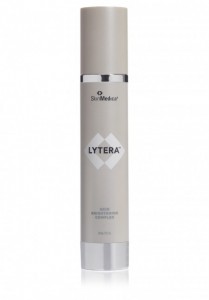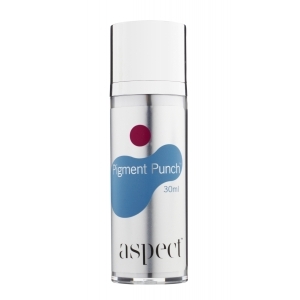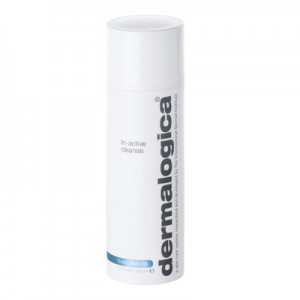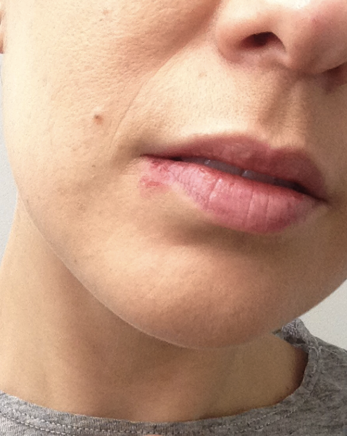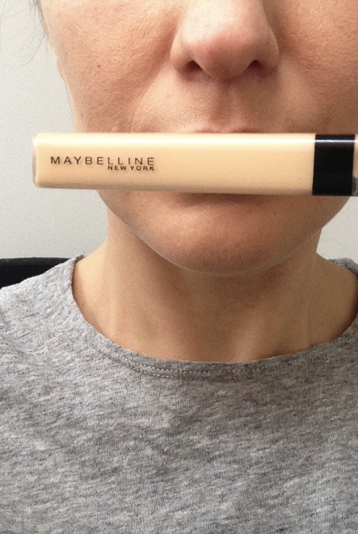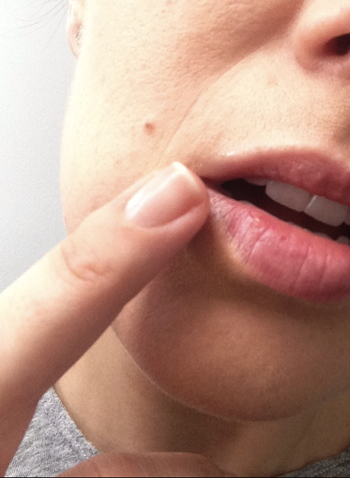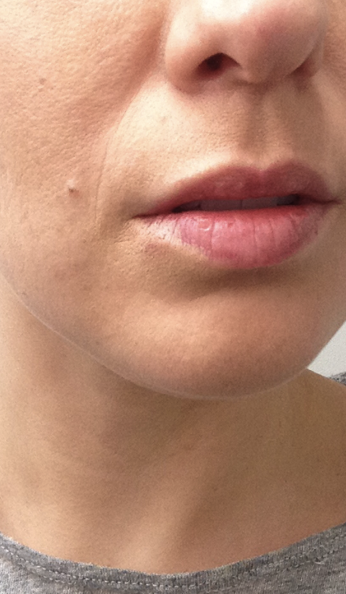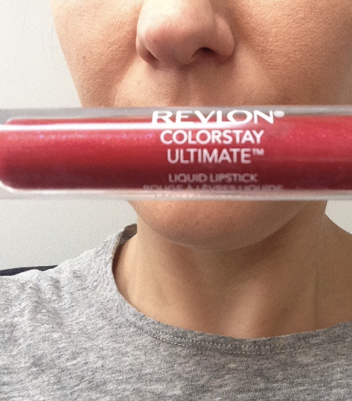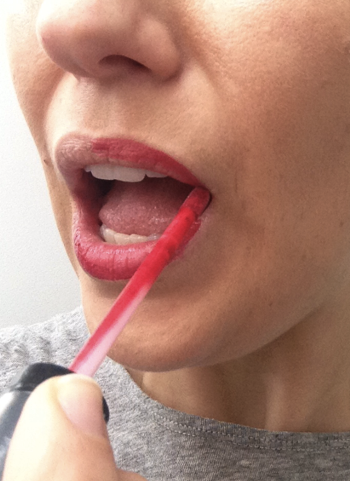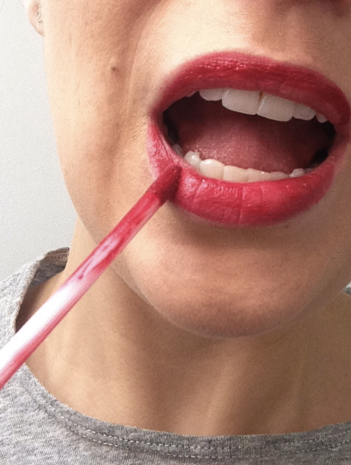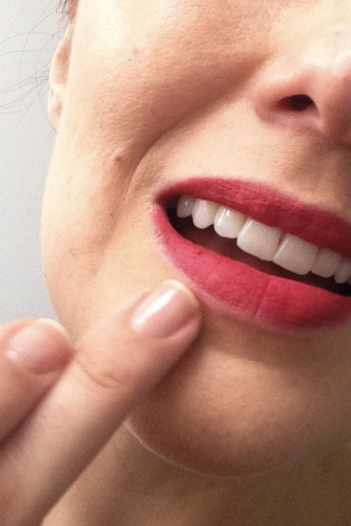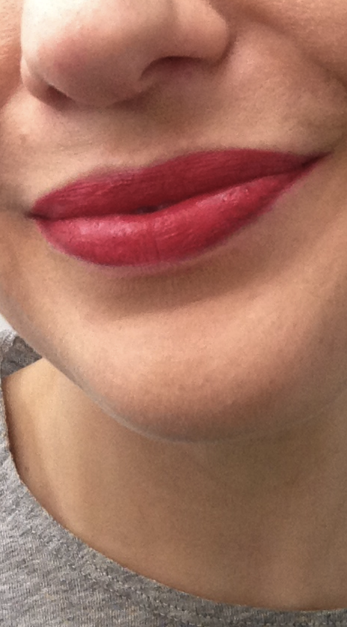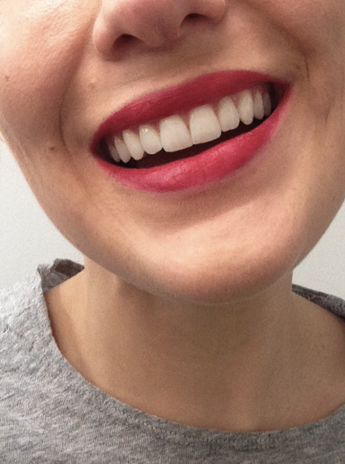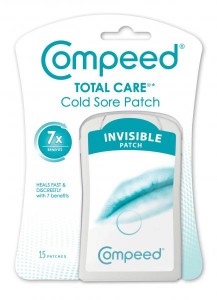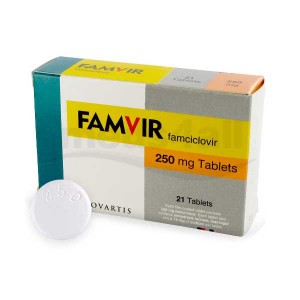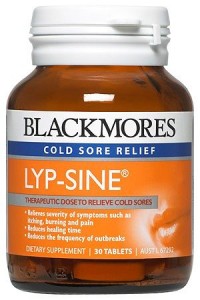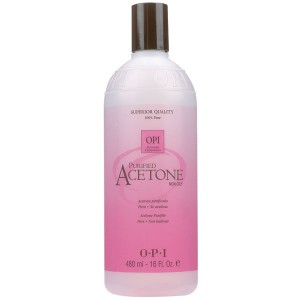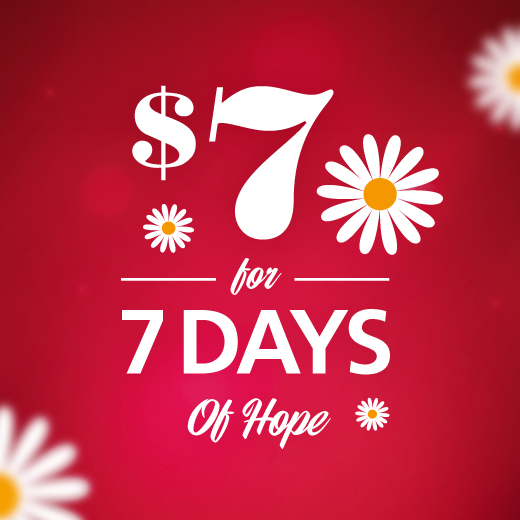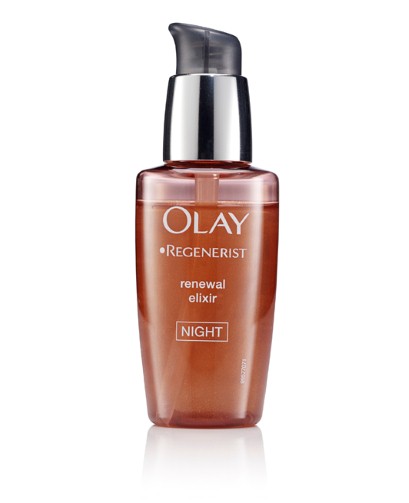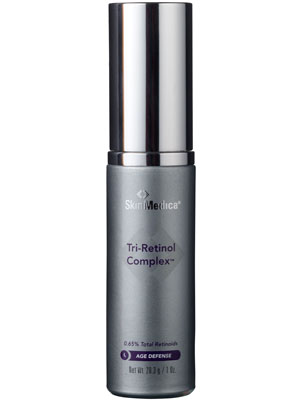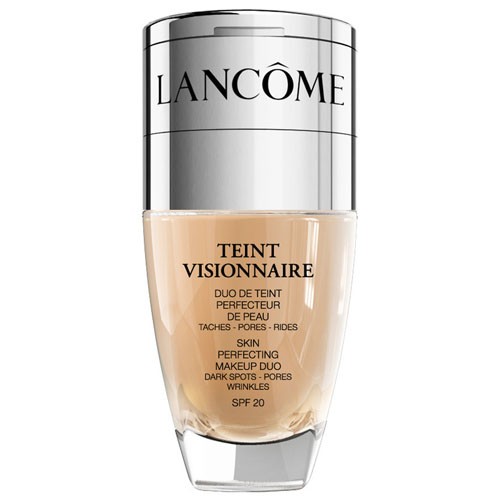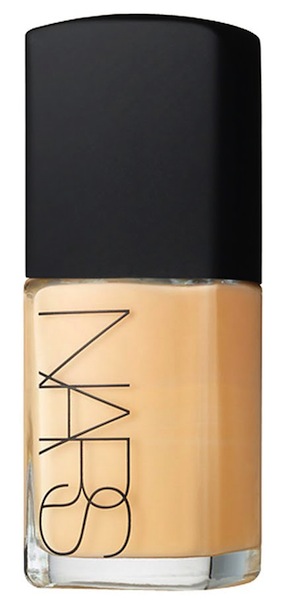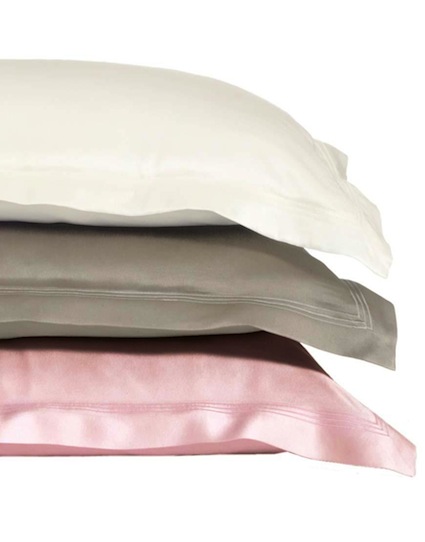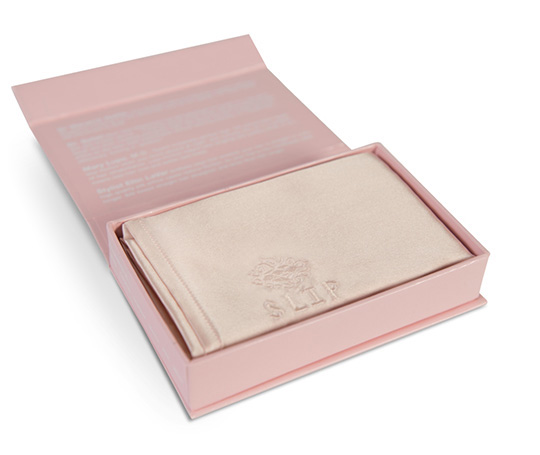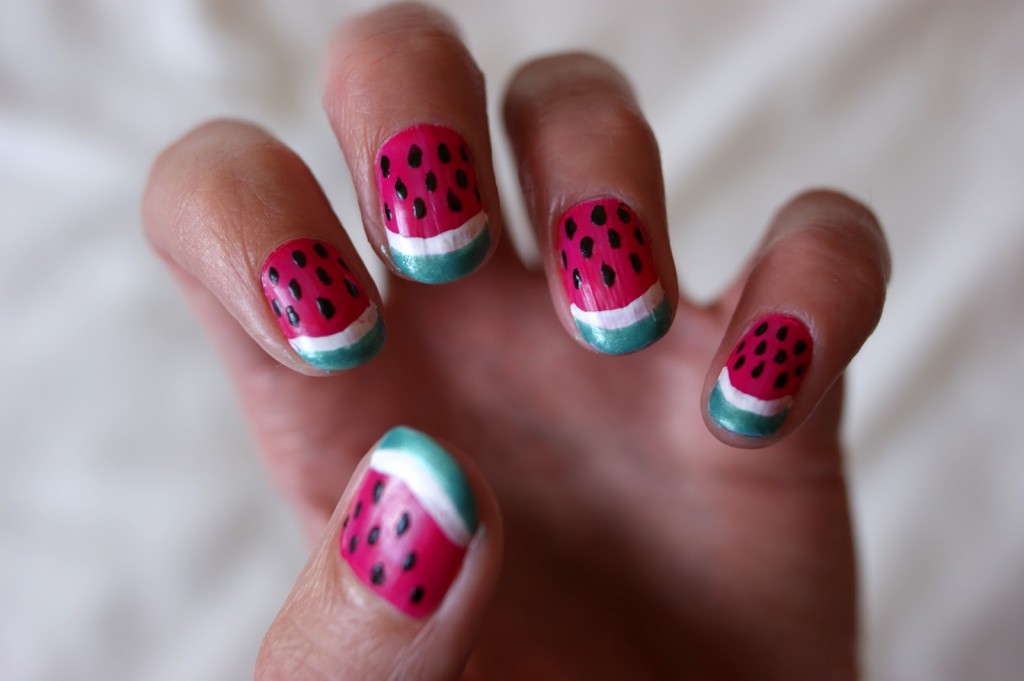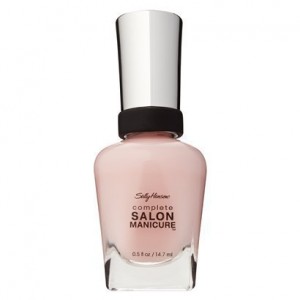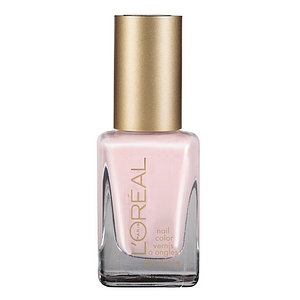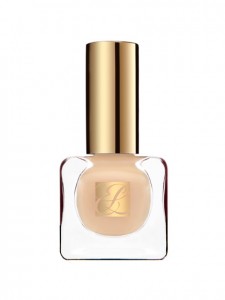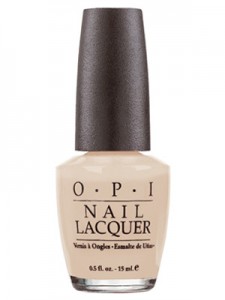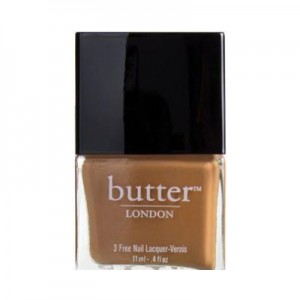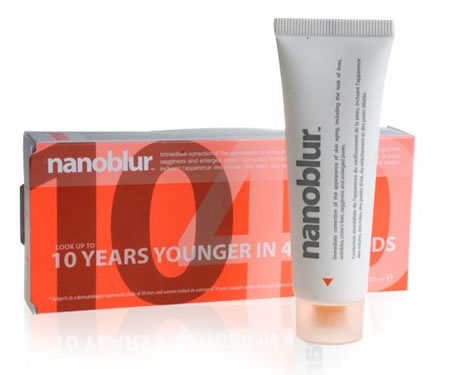I love my skin, we get on well. We hang out every single day, so tight is our bond.
The hyperpigmentation that is perched on it, however, NO. We are not friends. We are enemies, and it is my chief focus in terms of corrective skin care. I wish it a grisly death many times over.
Hyperpigmentation, also known as sun spots, age spots, dark spots, brown marks and ‘the mask of pregnancy’, is so common among Australian women that my statistic calculator broke when I asked it for some numbers. We all have it, and while all skin tones suffer from pigmentation, those with darker Asian, Mediterranean and African skin tones are particularly prone. Especially if they have a lot of sun exposure.
IT’S REAL EASY TO GET.
Just ask any doll who’s spent a week on a beachy holiday only to return with brown smatterings across their nose, upper cheeks, upper lip and forehead and they will tell you just how easy.
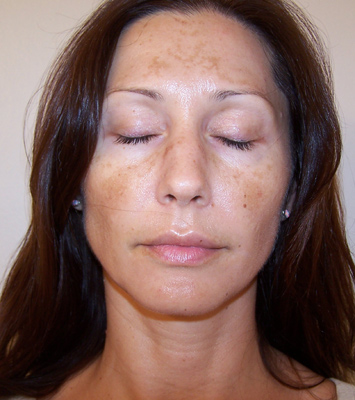
Standard hyperpigmentation… Look familiar?
This is because hyperpigmentation is (most often) caused by UV exposure. Ysee, UV stimulates the pigment cells (melanocytes) in our epidermis to start making melanin. This is what causes suntans (sooo ’80s) but also hyperpigmentation. Another terrific reason to not to hang out in the sun.
Sadly, most of the hyperpigmentation you’ve got now, you actually probably actually earned 20 years ago. (It takes an average of 10 years for sun damage to translate into brown spots.) It’s just being encouraged and worsened by current UV exposure. Cute!
Other causes:
Heat: Environmental heat can trigger your hyperpigmentation. This is so incredibly shit because even if you are FBI vigilant about your skin care and physical sun protection and hat and sunnies, you can still cop discolouration, because thermal heat encourages those naughty melanocytes to produce melanin.
Hormones: Hormonal hyperpigmentation looks the same as UV hyperpigmentation, but has a bitchier attitude and eats more Tim Tams. It’s generally caused by the pill or pregnancy and is further exacerbated by that big hot witch in the sky.
Injury: Know how when you pick at a pimple, you get that red-browny scar that won’t piss off, no matter how much Vitamin E oil you use on it? That’s because it’s not a scar, it’s post-inflammatory hyperpigmentation, which comes about after trauma or injury to the skin. It can also happen after needles, injections, burns or any kind of inflammation.
WHY SHOULD I CARE SO MUCH ABOUT MY PIGMENTATION?
Because, to be blunt, it’s making you look older than you actually are. You see, hyperpigmentation creates uneven skin tone, which I believe is far more ageing than lines and wrinkles.
I’m not alone in my thinking of this. In the last five years or so, you would have seen a whole bunch of new products pop up that are skin discolouration targeted. They have names like ‘Dark Spot Corrector’ or ‘whitening’ or ‘brightening’ and work to fade that excess melanin to the point where your skin is brighter and in the case of Caucasian and Asian markets, whiter. They are not bleaching products. Most of the time they simply exfoliate the skin to remove the layer of skin cells with the brown spots and therefore give an overall more luminous complexion, and/or they incorporate ingredients and technology to specifically target the site of the melanin production, and put up some stop signs.
If you have hyperpigmentation, you should be using these products.
Trust me on this one. If you focus on removing (or seriously fading) those dark spots, and making your skin look as bright and luminous as possible, you won’t care about any lines and wrinkles you have. I promise! I promise. Such is the power of even skin tone. Think about women in countries that see very little sun: they may have many wrinkles, many creases, but since their skin tone is free of sun spots, they still maintain a look of youth and glow. Compare this to a woman who has spent a lot of her life in the sun, and has a face covered in dark splodges: the skin looks uneven, weathered, aged, uncared for.
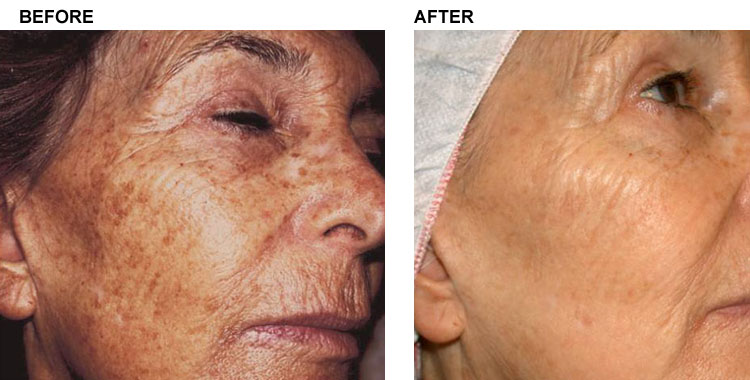
This woman has had a series of intense laser treatments for her discolouration. (I think it was worth it.)
See how even though she has the same lines and creases in both pictures, she looks far younger in the right?
A study in 2010 brought this to light using photos of middle-aged women that were Photoshopped into two sets: one version with extremely uneven skin tone (“hyperpigmentation”), and one version with an abundance of deep wrinkles. Both sets of pictures were showed to a group of people who had to rate the attractiveness and youthfulness of the women’s faces. Almost unanimously the women with uneven skin tone were voted less attractive (reeeowr!) and much older than their wrinkled compatriots. Clearly we shouldn’t be judging any woman on her ageing process, digitally manipulated or otherwise, any dingus knows that, but what we can take away from this is that our brown spots age us more than our wrinkles.
THE RULES OF FIGHTING PIGMENTATION.
The first rule in Pigmentation Club is that about pigmentation is patience. It took you a while to get that sun damage, it’s going to take you a while to get rid of it. Most products will take at least four weeks until results can be seen.
The second rule is diligence. There is zero point buying and using a mountain of fancy new products and having expensive professional treatments if you then neglect to wear a physical sunscreen every single day, and cover your face thoroughly from the sun when outdoors. Your pigmentation is always, always lingering just under the surface, like a creep, waiting for a chance to come back. Don’t let it.
And I think the third rule is something about not talking about Pigmentation Club.
THE PRODUCTS YOU NEED
Sunscreen.
Less of an option, more of a command. Use it every single day, on top of your pigment blocker, and underneath your makeup. This is so crucial, not only to protect your skin from UVA and UVB damage, but also because as we all know, whenever you use AHAs or BHAs, you MUST wear sunscreen every day, to protect the lovely fresh skin you’ve just exfoliated.
It’s also a smart move to ensure there are lots of antioxidants in your skin care when dealing your dark spots. Vitamin C, for example, is a stupendously good skin-brightener. Go hard on it.
A pigment blocker.
There are various types of blockers or inhibitors, each working in their own way to prevent pigmentation triggering in the first place, which means less time spent treating it. There are tyrosinanse inhibitors, (a group which includes famous pigmentation fighters like the controversial hydroquinone and kojic acid, as well as the non-controversial mulberry extract) which work to block the enzyme tyrosinase that’s needed to make melanin. There are also PAR-2 inhibitors, like soy and niacinamide, which can result in reduced melanosomal transfer and distribution, leading to a lightening of skin pigmentation.
Ideally you would use a pigment blocker morning and night on clean skin. I use Aspect’s Pigment Punch (hydroquinone-free) as my serum, and it is exceptional. Lady Dame Brooke Walker at Me Skin and Body in South Yarra put me onto it. Terribly knowledgable lass that one. (She’s been helping me in my efforts of pigmentation obliteration.) Other options include Plunkett’s SuperFade, or for one without hydroquinone try Skin Medica’s Lytera Skin Brightening Complex.
An exfoliant.
But not your daggy old apricot scrub. You need chemical exfoliants, in the form of gentle AHAs or BHAs, which will rid the skin of cells with pigment, or the “expression” stage of pigmentation. Look for ingredients like glycolic acid, lactic acid, citric acid and salicylic acid, and retinol if your skin is up to it. Your exfoliation can be in the form of a cleanser, toner, face cream, a serum, or a dedicated exfoliant, and it’s best to get some professional advice on how often you should exfoliate (especially if you are having professional peels as well) although a good guide for most of us is 2-3 times a week. Let me stare at you for a good minute here and remind you that this is not a case of more is better: milder products used every few days will serve you much better than really aggressive actives used too often… that will lead to inflammation which leads to hyperpigmentation. Oh, what fun.
There are SO many great products out there in this category, and hopefully a bunch of you babes will offer you best and most loved in comments. I am a fan of Alpha-H’s Liquid Gold, Ultraceuticals Even Skintone Serum and Dermalogica’s Tri-active Cleanse.
SHOULDN’T I BE GETTING LASER TREATMENTS OR IPL OR SOME SUCH THING?
Maybe. If you have lighter skin, you will get good results, but the overwhelming feedback from those who’ve had laser to correct their hyperpigmentation is that it came back, or it was a lot of work to maintain. I had Fraxel a few years ago for my pigmentation and I would not recommend it. I tried it in my role as a beauty writer who should try things she writes about so she can authentically recommend them, and dearly wish I didn’t. I long for my pre-Fraxel skin tone. Whether it brought out old hyperpigmentation that was laying dormant, or allowed new hyperpigmentation to settle in, it has definitely made my skin worse. I appreciate that you often have to have a few treatments to get the full and best results, but my keenness was hovering somewhere around minus 74893% after the trauma my skin went through.
Laser toning is one treatment that does get good reviews, (even for darker skin tones) but remember: you have to be willing to basically live as a vampire if you go down the laser route. Because one day in the sun, even a few hours, can mess your skin back up.
IPL is a good, non-invasive solution that over a course of treatments will definitely give you great results, but I can’t go past a good in-salon lactic peel myself. It’s the most gentle of the AHAs and doesn’t irritate, but it does give great, glowing, bright results. I’m on a program of a peel every 2-3 weeks at the moment, combined with my at home stuff and my crazy vigilance with sun protection, hats and sunglasses.
Okay. This is a very long post, and I for one, need a crumpet.
What do you use for your hyperpigmentation?
